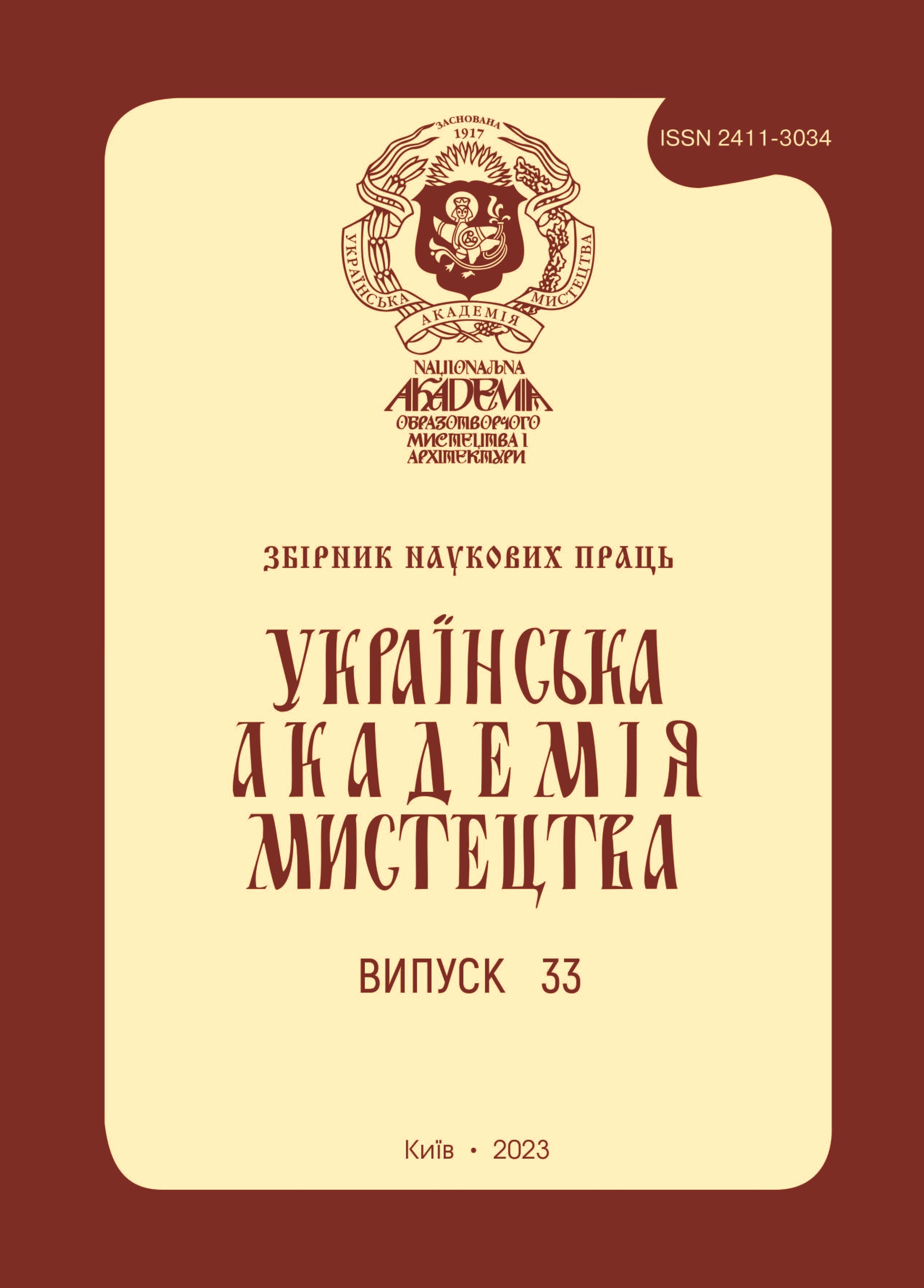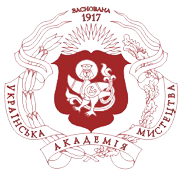THE INFLUENCE OF DUNHUANG FRESCO ON THE OIL PAINTING OF CHINA OF THE ХХ CENTURY
DOI:
https://doi.org/10.32782/2411-3034-2023-34-9Keywords:
Dunhuang, fresco, oil painting, influence, Dong Xiwen, Chang Sh uhong, Zeng Hao.Abstract
Abstract. The purpose of this article is to study the peculiarities of the influence of Dunhuang frescoes on Chinese oil painting of the twentieth century. Methods. A systematic approach determines the use of a set of methods. Historical and cultural, comparative, semiotic methods made it possible to reveal the influence of Dunhuang frescoes on Chinese oil painting of the twentieth century. The generalization method was used to formulate the results of the article. Results. Dunhuang is a unique region where the traditions of the East and West, China, India and European countries are combined. This unique situation is due to the fact that the Dunhuang Caves were located in the center of the Silk Road. The artists who painted frescoes in the Dunhuang caves represented a combination of different traditions, original means of painting, composition and plot, unique craftsmanship and original colors. Chinese artists of the ХХ century greatly appreciated Dunhuang frescoes and continued the tradition of cave paintings. Oil painting by Chinese artists is analyzed: Xiwen «Kazakh Shepherdess», «Ceremony of Proclamation of the Creation of the PRC», Chang Shuhong «Nine Floors», Zeng Hao «Feitian» and «Guan Yin». The oil paintings of artists of the ХХ century were strongly influenced by frescoes from the Dunhuang caves. Artists used the colors, subjects, compositions and images that we can see on the walls of the Dunhuang Caves. That the frescoes from the Dunhuang caves are of great importance for the development of oil painting in China. Conclusions. As a result of the study, it was found that the art of Dunhuang grottoes demonstrates the intersection of Chinese and Indian cultures, Western and Eastern traditions. In the works of Dong Siven Xiwen «Kazakh Shepherdess», «Ceremony of Proclamation of the Creation of the PRC», Chang Shuhong «Nine Floors», Zeng Hao «Feitian» and «Guan Yin» revealed a modern creative understanding of the frescoes o f Dunhuang.
References
李裕:中国美术史纲,辽宁美术出版社,1988年。223页
段文杰:敦煌石窟鉴赏丛书,甘肃人民美术出版社,1990年。156页
高巍华:敦煌壁画艺术的生存:一种媒介发展观的视角,贵州大学学报艺术版. 2009年.第1期。25页。
周大正:《敦煌壁画与中国画色彩》,人民美术出版社2000年,165页。
李东风:吉祥美好的化身——敦煌飞天的艺术美感,文艺研究. 2009年. 第2期。15页。
张萍:《工笔重彩画》,山东美术出版社2002年. 98页。
王庆田:东方与欧洲传统融合背景下二十至二十一世纪之交的中国写实油画,北京,2018年。236页。
唐薇:《现代工笔重彩画技法》,山西人民美术出版社2001年. 21页。
张萌萌:莫高敦煌石窟唐代佛像内容及其艺术特色,丝绸之路,2009年,第14期。12页。



